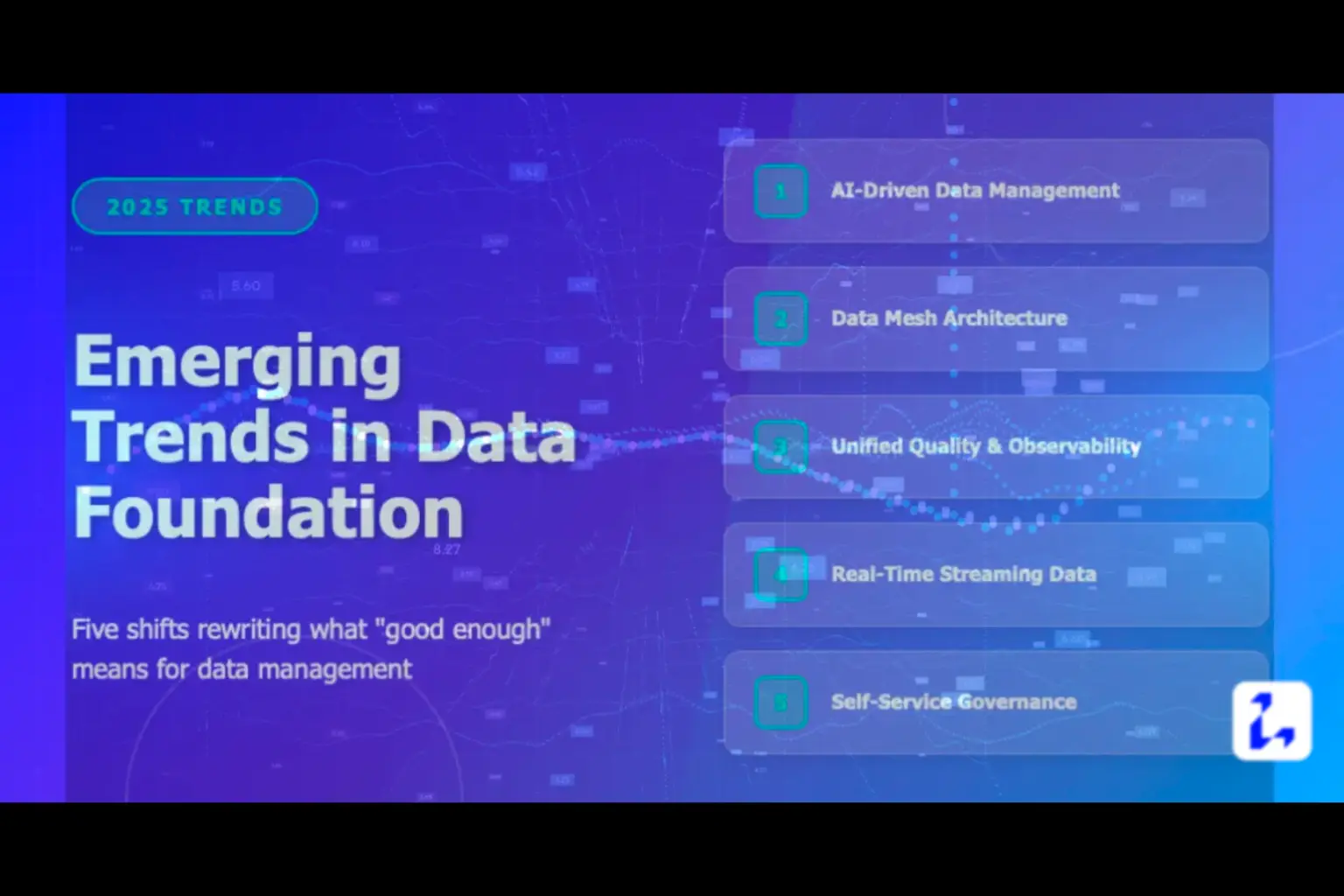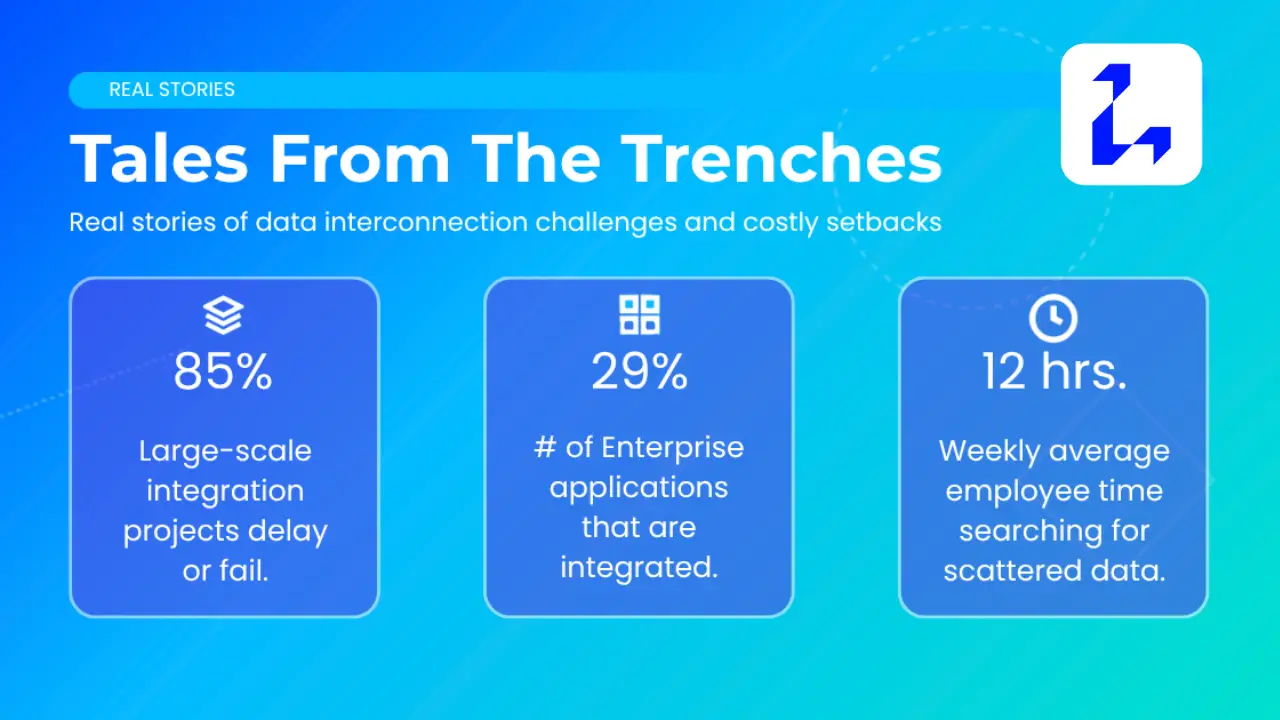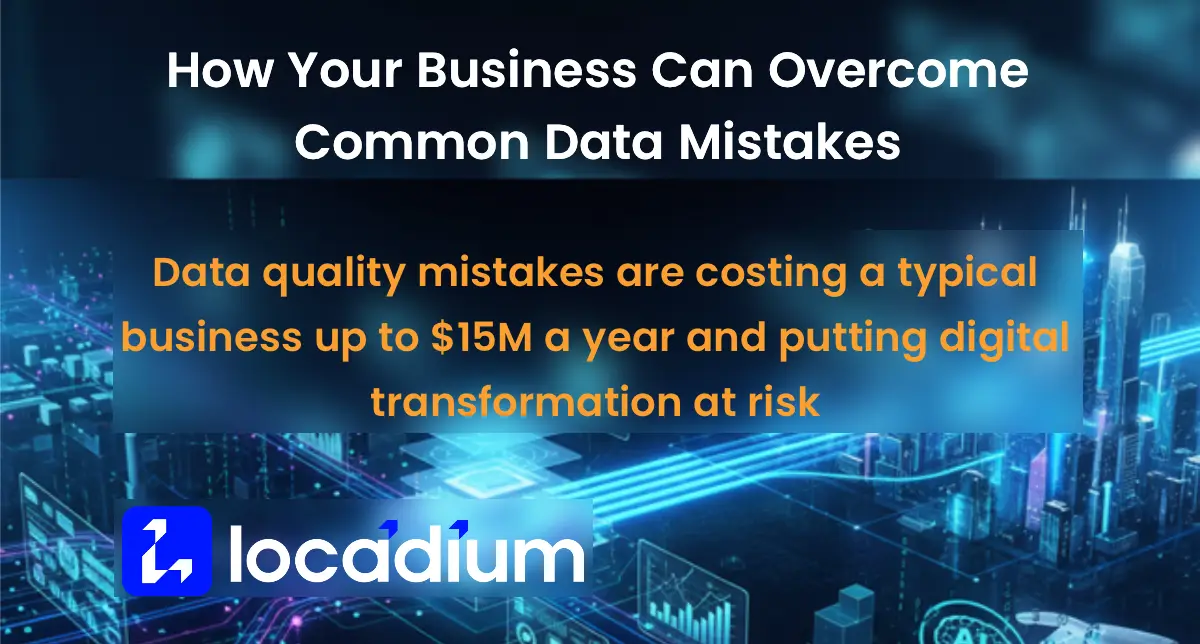Introduction: Why Data Foundations Demand Attention
Senior leaders face daily decisions about scaling, innovation, and risk. The engine beneath these choices is the company’s data foundation. In 2025, technical disruptions and business demands are rewriting what “good enough” looks like for data management. Understanding these shifts is not just useful—it is imperative for survival.
What’s Changing: The Five Essential Data Trends
Leaders now grapple with the following:
- AI-Driven Data Management: Automating traditional data discovery and maintenance is now common. Generative AI tools streamline everything from metadata management to anomaly detection. Companies using AI-led strategies report material improvements in both cost and speed, with AI now fueling 35% of the cloud growth market.
- Data Mesh and Domain-Oriented Design: Siloed data and centralized control are giving way to decentralized “mesh” architectures, where teams own domain-specific data products. Firms adopting these approaches see faster delivery of new analytics and higher data trust scores.
- Unified Data Quality and Observability: Business users now expect reliable data at their fingertips. Comprehensive dashboards and observability tools let teams spot issues and trends in real time—no more waiting days for a manual reconciliation.
- Real-Time Streaming Data: The growth of event-driven platforms (like Kafka and Kinesis) now makes continuous, low-latency data cleansing a requirement. Many companies use in-stream anomaly detection to spot fraud, supply chain delays, and sales trends as they happen.
- Self-Service Governance: Business users manage their own access, approvals, and stewardship processes through no-code interfaces. More organizations cite this as critical to agility and compliance than ever before.
Why It Matters: Measurable Business Value
Companies with mature data strategies outpace competitors up to 19x in profitability. MGM Resorts, for example, reported an extra $2.4 million annual profit after aligning marketing, operations, and analytics workflows.
The market for business analytics is forecast to nearly triple by 2030, from $61 billion to more than $177 billion, as adoption spreads to all industries. More than 91% of organizations now realize tangible returns on analytics investment, and three in five are using analytics as a primary driver of innovation.
Yet, the gap remains wide: only 8% have “top-tier” data maturity. Successful firms link their data initiatives directly to business strategy, focusing on high-priority outcomes.
A Senior VP’s Perspective
Executives must ask: Where are the weakest links in our data chain? Most realize that adding tools isn’t enough. Where companies win is with alignment—a shared vision from data engineers through finance and operations. A recent executive survey found almost 70% of companies are making data quality their highest priority in 2025, with silos, inconsistent standards, and lack of culture cited as top hurdles.
Smart leaders should:
- Foster data literacy programs: Airbnb’s internal Data University helped double the portion of staff making data-informed decisions.
- Prioritize foundational investments over glitzy AI pilots. Without quality data, AI produces unreliable insights.
- Push for self-service but enforce standards: Empower business users to access and curate data, but build in strong policy and oversight.
Implications: What Must Change to Stay Ahead
- Keep real-time data at the center of decision-making. Businesses with real-time quality controls act faster on shifting markets.
- Build partnerships between technical and business teams. Data value is not a technology project—it is a business mandate.
- Regularly review data infrastructure and governance in response to new compliance and privacy requirements.
Forward-Looking Thought: What’s Next?
The next year will bring faster data streams, more AI-curated workflows, and rising scrutiny on how companies use and protect their data assets. Senior VPs who guide their organizations toward agility, quality, and openness will set the winners apart from the rest. The time to act is now—align data investments with strategy, upgrade culture as well as tools, and measure impact in business outcomes, not just technical metrics.






